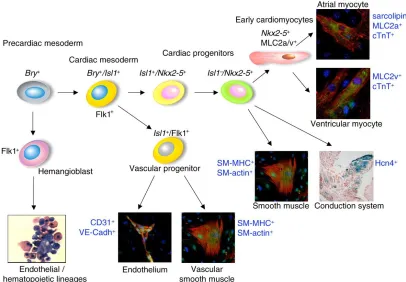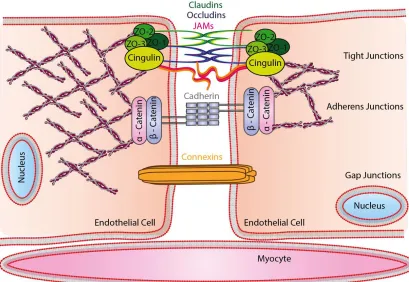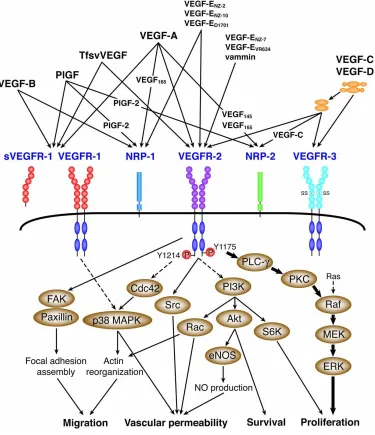The role of cardiac microvascular endothelial cells in drug induced cardiovascular toxicity
Full text
Figure




Related documents
That is, results obtained from the study have clearly shown that sustained growth and development in start-up SMMEs that operate in the City of Tshwane is affected significantly
SEP OCT NOV DEC JAN FEB MAR APR MAY JUN JUL AUG Reform Priorities Point Persons Parter Support.. 2.1 Improving the private sector investment
On the other hand, the results also shown that most of respondents affirmed that agricultural innovation was the majority of information need, farming technique, pest
Asymptomatic carriage of P. jiroveci was shown by detection of P. jiroveci DNA in a BAL fluid sample only by nested PCR at the mt LSU rRNA locus. Not all of these patients
Fourth, proving that ideology significantly matters to the fates of judicial nominations is complicated by the fact that Presidents and Senators rarely base their decisions in
enemy.. If the GoYernment of the United States considers that it fulfills its duty as a neutral nation by confining th · e ad1nission of anned merchant ships
Objective: The uroselective α -blocker silodosin significantly improved International Prostate Symptom Score (IPSS) in two 12-week, double-blind (DB), placebo-controlled Phase





